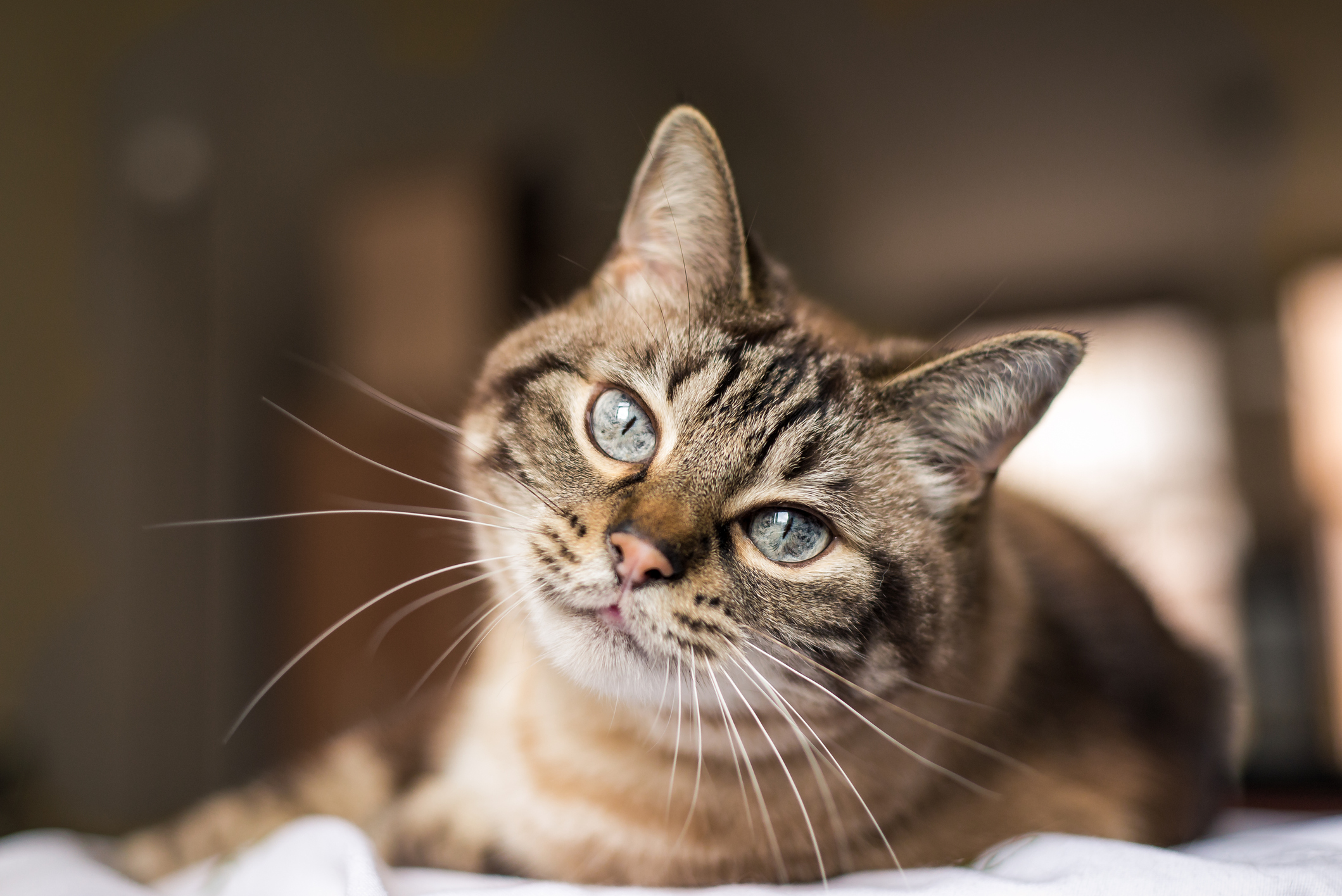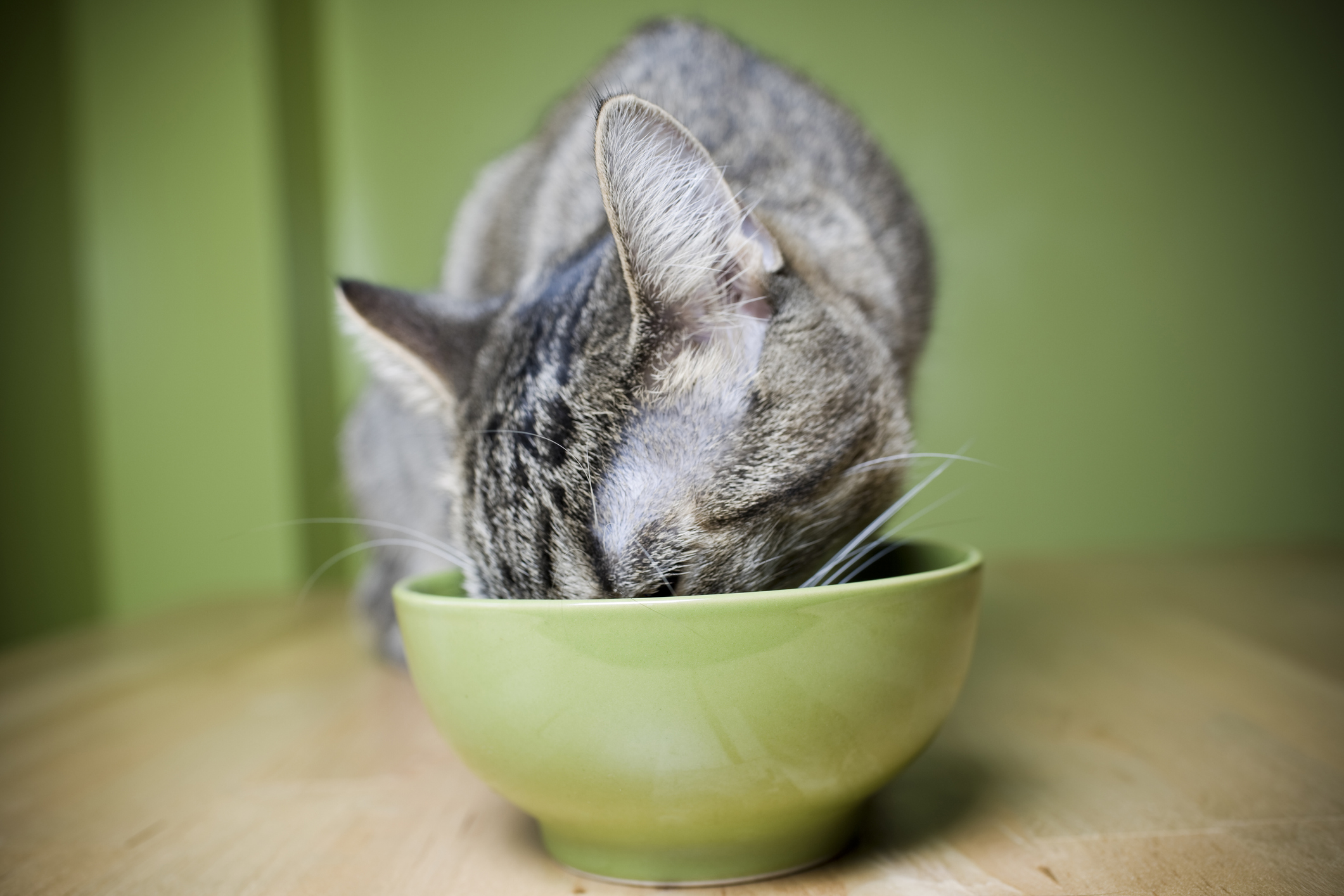
The Science Behind What Your Cat's Whiskers Do
Your kitty wouldn’t look the same without their whiskers! But aside from giving them their signature look, have you ever wondered what a cat’s whiskers actually do? As you can imagine, it turns out that these tiny facial features play an important role in your cat’s daily life.
Understanding whiskers
Whiskers are also known as vibrissae or tactile hairs. These stiff “hairs” grow all over your cat’s body—not just on their face! Cats have whiskers on their muzzle, above their eyes, in their ears and on their two front legs. The whiskers on your cat’s body are symmetrical. This helps them measure their surroundings accurately.
Whiskers are sensory tools that cats use to navigate and hunt. The follicle of each whisker is loaded with nerves, and the tip holds a sensory organ called a proprioceptor. Together, these things allow your cat to sense people, objects and other animals with the slightest vibrations or touch.
Cats don’t have the best short-distance vision. To make up for this, your cat’s whiskers brush up against things as they move. With every contact, your cat can sense the presence, location, size and even the texture of what’s around them. This heightened level of sense is particularly useful in the dark, where reduced light makes it a little harder to see.
The combination of your cat’s night vision and whisker senses is why they’re expert hunters and navigators under the cover of night! And, for blind cats, whiskers are how they are able to find their way around the home without too much trouble.

Whiskers are extremely impressive tools for a cat’s everyday life. They help keep your cat out of dangerous spaces by helping them determine whether they can squeeze through a tight spot, clue your cat into air vibrations that let them know when someone or something is approaching, and allow cats to detect obstacles in their path for graceful navigation.
Your cat’s whiskers can also tell you how they are feeling. A relaxed cat will hold their whiskers still out to the sides of their head. Whiskers that are pressed forward indicate your cat is curious or “hunting.” Whiskers that seem withdrawn or pulled toward the back of the head tell you and other animals that your cat is stressed or agitated. Combined with other body language, these seemingly simple body features can tell you a lot!
Can whiskers be groomed?
Whiskers are connected to the muscular and nervous systems on a deep level, so they’re not really “hair” like the fuzzy hairs all over your cat’s body. However, cats do shed their whiskers on occasion. One or two whiskers might fall out as your cat ages. These will grow back, but they should not fall out at a rapid rate.
Additionally, because these whiskers are so vital, whiskers should never be trimmed. Cutting your cat’s whiskers dampens their ability to navigate and sense the world around them. Cats with trimmed whiskers often become extremely disoriented and stressed. It’s best to leave your kitty’s whiskers alone.
What is whisker fatigue?
The impressive sensory nature of a cat’s whiskers is not always a good thing, however. Cats may be susceptible to a problem called “whisker fatigue.”
Although cats can dial in their whiskers’ focus to a particular object or their prey, their whiskers are always gathering and processing information. The receptors are influenced by the cat’s internal and external environments, meaning they operate automatically. Because of this, cats might sometimes be overloaded with sensory information—so much so that they get stressed.
Experts believe that one of the most common causes of whisker fatigue is eating or drinking out of a small bowl. When your cat’s whiskers repeatedly brush against the sides of the bowl, they are still processing those senses. Over time, it may become too much to handle. Cats with this problem may appear unwilling to eat out of their bowl, only eat when the bowl is filled to the top or pull food out before eating it.

Some experts are unsure about whether whisker fatigue is a genuine concern or not. However, others have seen success in eliminating the above-mentioned symptoms by instructing their patients to switch to wide bowls or plates, rather than small, deep bowls.
Healthy whiskers make for happy cats
Your kitty’s whiskers are an integral part of how they interact with the world around them. Taking good care of them by never trimming them and helping your cat avoid potential whisker fatigue can help your cat feel more comfortable and oriented in their space.


